A380 vs B747 Comparison: A Comprehensive Analysis of the Giants of the Sky
When it comes to iconic commercial aircraft, the Airbus A380 and Boeing 747 stand out as the undisputed champions of the skies. These jumbo jets have captivated aviation enthusiasts and passengers alike, but how do they stack up against each other? In this article, we will delve into a detailed comparison between the A380 and B747, exploring their specifications, features, and performance to determine which aircraft reigns supreme. A380 vs B747 Comparison!
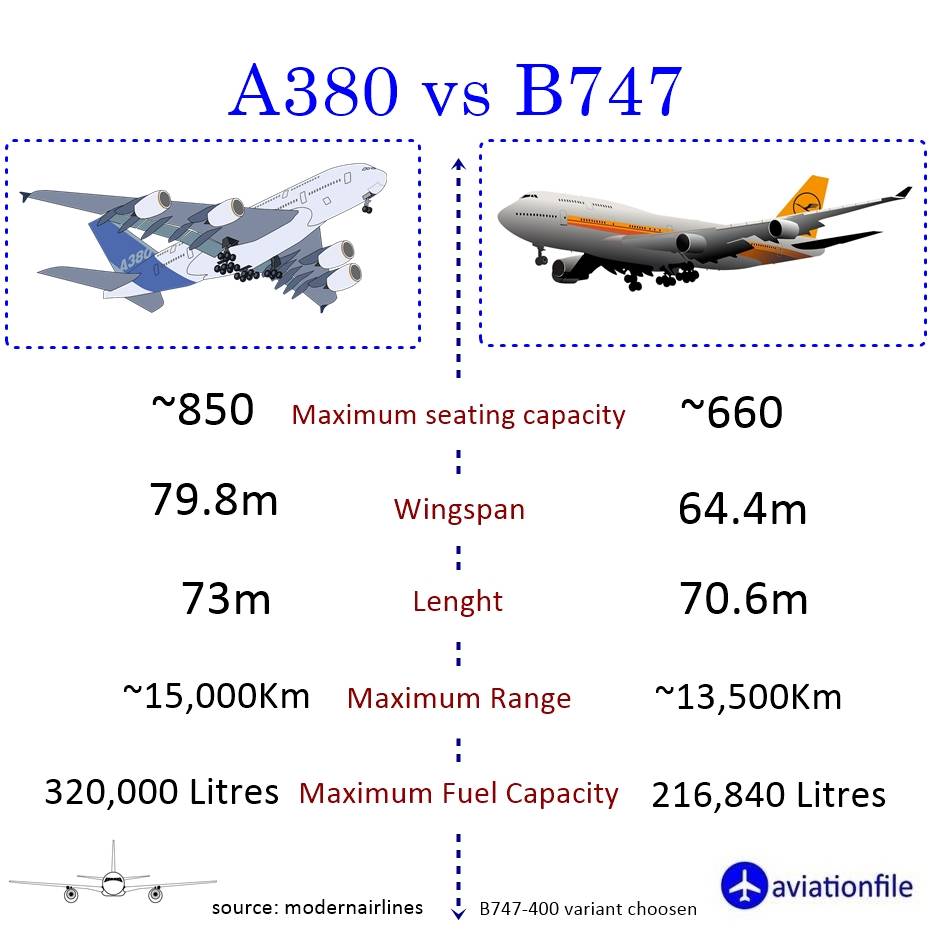
Size and Capacity – The Battle of the Giants
1.1 Airbus A380: The King of Capacity
The A380 boasts the crown as the largest commercial passenger aircraft ever built. With a length of 72.7 meters and a wingspan of 79.8 meters, it can accommodate up to 853 passengers in a typical three-class configuration. Its double-decker layout provides ample space for various amenities, including onboard bars, lounges, and even showers.
1.2 Boeing 747: The Original Jumbo Jet
The Boeing 747, known as the “Queen of the Skies,” pioneered the jumbo jet era. It measures 70.6 meters in length and has a wingspan of 64.4 meters. In a typical configuration, the B747 can carry around 660 passengers, offering various seating arrangements and comfort options.
Fuel Efficiency – The Battle for Economy
2.1 Airbus A380: High Capacity, High Fuel Consumption
The A380’s size and capacity come at a cost. It requires more fuel to operate, making it less fuel-efficient compared to its counterpart. However, advancements in engine technology and aerodynamics have improved its fuel economy over the years.
2.2 Boeing 747: Striking a Balance
While the B747 is a heavyweight itself, it manages to strike a better balance in fuel efficiency compared to the A380. Its newer iterations, such as the B747-8, incorporate fuel-saving enhancements, making it more economically viable for airlines.
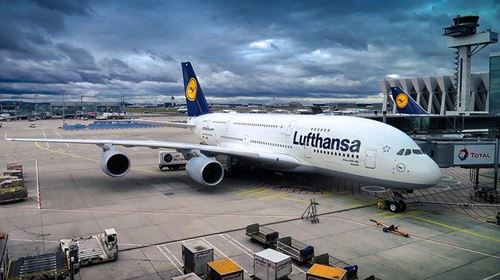
Performance – Speed, Range, and Versatility
3.1 Airbus A380: Superior Range, Slower Speed
The A380 offers an impressive range of approximately 8,000 nautical miles (14,800 kilometers). However, its top speed is relatively slower, cruising at around Mach 0.85. This limits its use to long-haul flights where efficiency and capacity take precedence.
3.2 Boeing 747: A Versatile Workhorse
The B747’s range falls slightly short of the A380, with a typical range of around 7,790 nautical miles (14,400 kilometers). However, it compensates with a higher top speed, capable of cruising at approximately Mach 0.855. This makes it more versatile, suitable for both long-haul and shorter intercontinental flights.
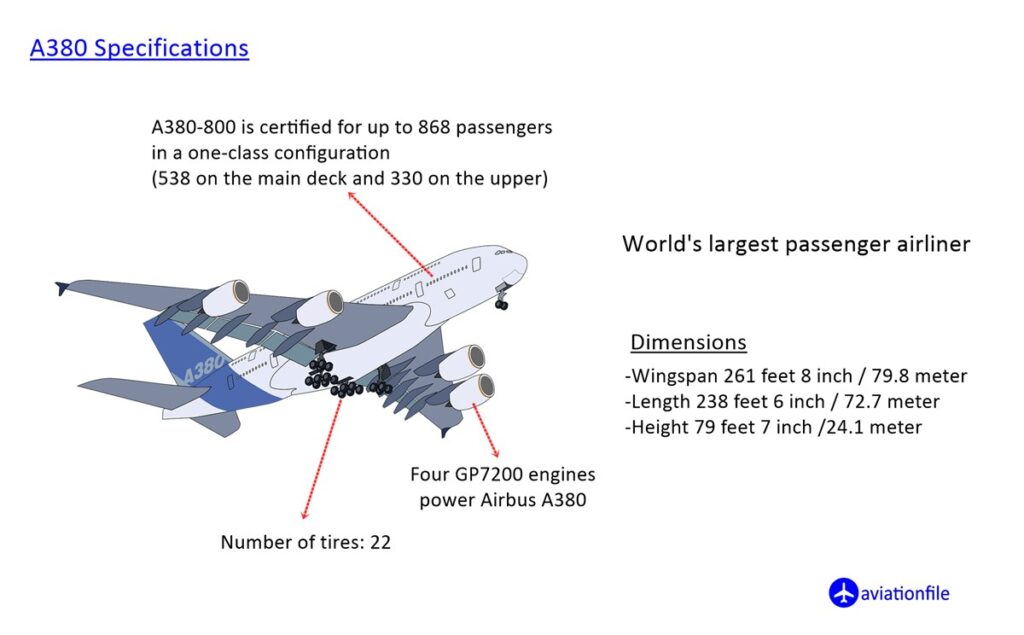
Market Demand – The Changing Tides
4.1 Airbus A380: Mixed Reception
Despite its impressive size and capabilities, the A380 faced challenges in the market due to evolving trends and economic factors. As a result, Airbus announced the discontinuation of A380 production in 2019, with limited orders and a shift towards smaller, more fuel-efficient aircraft.
4.2 Boeing 747: Phasing Out
The Boeing 747, once an aviation icon, is also gradually phasing out of commercial service. With the rise of twin-engine aircraft and the increasing demand for fuel efficiency, airlines are opting for newer models like the B787 Dreamliner or the A350 XWB.
Conclusion:
Both the Airbus A380 and Boeing 747 have left an indelible mark on the aviation industry. While the A380 offers unparalleled passenger capacity and a unique onboard experience, the Boeing 747 demonstrates versatility, fuel.
References:
- Aviation Week & Space Technology: A leading aerospace and aviation publication that covers industry news, analysis, and features. You can visit their website at https://aviationweek.com/ for articles related to the A380 and B747.
- Flightglobal: A trusted source of aviation news, analysis, and data. They provide comprehensive coverage of commercial aviation. You can explore their website at https://www.flightglobal.com/ for relevant articles.
- Boeing and Airbus official websites: The official websites of Boeing (https://www.boeing.com/) and Airbus (https://www.airbus.com/) provide detailed information on their respective aircraft, including the A380 and B747. These sites often include specifications, performance data, and news related to the aircraft models.
- Trade publications: Publications such as Airways Magazine (https://airwaysmag.com/), Airliner World (https://www.airlinerworld.com/), and Airliners.net (https://www.airliners.net/) frequently cover aviation topics and provide in-depth articles and discussions on aircraft, including the A380 and B747
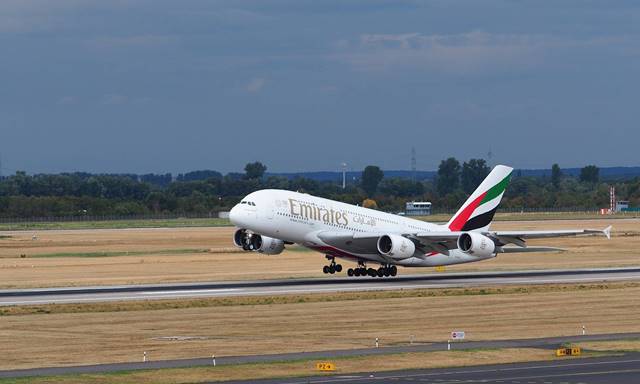
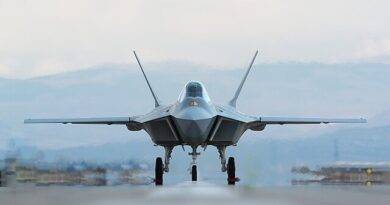


How about years in production? Number produced? Versatility (seen any A380 freighters)? Number delivered and barely used?
Yes, we can add many more variables as you mentioned while making the comparison… If you want to contribute, you can specify it in more detail in the comments.
Kind regards